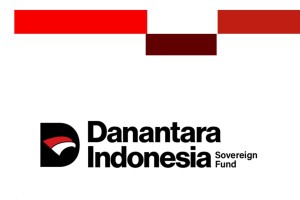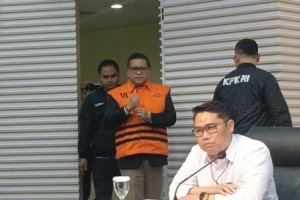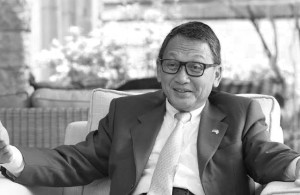CREA: Most Indonesia's steel industry highly emitting, competitiveness at stake
The Indonesian Steel industry needs to shift to low carbon technology in order to compete in global market, considering the iron and steel export value is higher than import and the European Union is determined to impose Carbon Border Adjustment Mechanism (CBAM), a research institution has suggested.
The latest report of the Centre for Research for Energy and Clean Air (CREA) titled “Full potential of Indonesia Iron and Steel industry relies on low carbon technology” reveals that investment in Indonesia’s basic metal has been increasing rapidly in the last couple of years from US$14.8 billion in 2020 to US$ 37.3 billion in 2023.
Huge domestic investment comes from Gunung Steel Group, while foreign investment comes from China (Fuhai Group, Ansteel Group and Delong Group) and South Korea (POSCO). However, the majority of investments invested in steel making projects with BF (Blast Furnace) and BOF (Basic Oxygen Furnace) technologies.
“Despite Indonesia iron and steel having emerged as significant global players, dependency on emission intensive process such as BF-BOF technologies for steel making and still become obstacle for this sector to access its potential fully,“ Abdul Baits Dehana Padma Swastika, CREA researcher, said as quoted in a statement on Wednesday, December 18, 2024.
Moreover, countries in the world have shifted quickly to low emission steel production, such as Direct Reduced Iron (DRI) and Electric Arc Furnace (EAF) technologies. Globally, the EAF portion in the new capacity is planned to increase double from 41 percent in 2021 to 92 percent in 2023. Even two neighboring countries show a higher EAF investment, for example Vietnam with the capacity of 17.2 million tons and the Philippine with the capacity of 12.8 million tons in comparison with Indonesia of 1.7 million tons.
DRI-EAF technologies have the potential to move the steel industry towards a near-zero carbon future through the use of low-carbon materials and technologies that are typically connected to the power grid, aligning with electricity decarbonization. DRI-EAF technology produces lower emissions, at only 1.37 tons ofCO2 per ton of steel compared to BF-BOF at 2.33 tons ofCO2 per ton of steel. Therefore, this technology can answer the challenge of CBAM implementation by the European Union starting 2026, which imposes fees or tariffs on imported products with high carbon emissions.
“We strongly encourage the government to introduce technology roadmaps and policies that limit coal-dependent production routes, encourage the adoption of EAF technology, and promote material efficiency strategies across the steel lifecycle. These actions will signal investors to change their decision, position the domestic industry to be competitive, and most importantly avoid lock-in risks,” Baits said.
This is because once all iron and steel projects in the pipeline are completed, national capacity will increase by 125 percent for steelmaking and 55 percent for ironmaking. Of the 24.5 million tons of steelmaking capacity in planning, 22.8 million tons use BOF, and only 1.7 million tons use EAF. Meanwhile, of the 5.8 million tons of ironmaking expansion under construction, all use BF. Currently, there are no DRI furnaces operating in Indonesia.
Protective trade policies
In addition, CREA also encourages the government to enforce strict protective trade policies to restore the trade balance and ensure a fair and competitive market for the iron and steel industry. This is because the national market is also still dependent on imports, which has led to underutilization of the local industry's production capacity, which is only 40-90 percent in 2019-2023, while 35-40 percent of total domestic production is exported.
Next, the government should prioritize power sector reforms to ensure the availability of clean and cost-effective electricity. This is because decarbonizing the iron and steel industry requires greening the electricity grid, which implies the importance of national alignment towards accelerating renewable energy development.
“Indonesia should start by prioritizing electricity reform by utilizing cost-effective clean electricity to support the steel industry transition. Infrastructure development should also ensure the adoption of zero-emission steel production technologies. These actions will allow iron and steel to maintain its status as a key pillar of economic growth while following through on Indonesia's climate commitments,” Katherine Hasan, CRE Analyst, said.
Already have an account? Sign In
-
Start reading
Freemium
-
Monthly Subscription
30% OFF$26.03
$37.19/MonthCancel anytime
This offer is open to all new subscribers!
Subscribe now -
Yearly Subscription
33% OFF$228.13
$340.5/YearCancel anytime
This offer is open to all new subscribers!
Subscribe now






